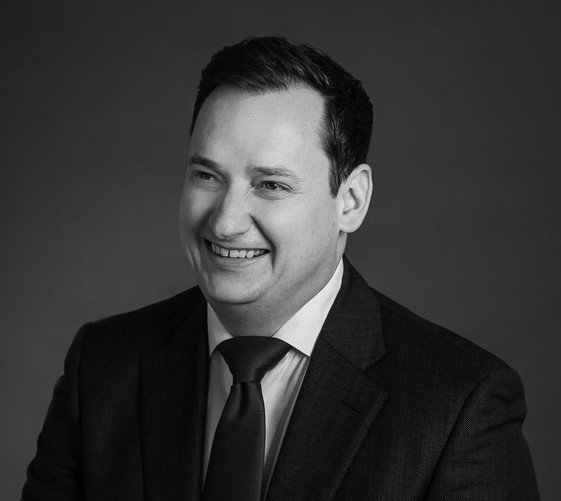Spatial Design
By far the most exposed industry in the design sector is spatial design or architecture.
The really big issues tend to be around the envelope and exterior cladding, water ingress and tightness. We’ve only just recently been able to secure weather tightness cover. Prior to that there was a full exclusion where, if you designed something, then it leaked, then the designers were not covered.
Height to boundary has always been a common one, where driveways have been built too high so they have to be redeveloped. High density designs are starting to come through and insurers are starting to look at those with reduced capacity appetite. With the idea that if you make one design error, the multiplicity of that error can come across a hundred buildings. Insurers are starting to look quite closely at that.
Product design
There is a sharp increase in people selling products they don’t manufacture themselves. People are mixing ingredients to create products and that creates new risk processes because effectively, we are asking for product guarantees.
Graphic design
We have potential copyright and intellectual property issues and also errors of omission. A graphic designer once managed to misspell a very key word on the front cover of a report for a council and they had to get everything reprinted. That cost tens of thousands of dollars. Sounds simple and stupid… but essentially that is what insurance is for. It is about picking up those errors before they happen. They were covered in the end because it was an error in their professional capacity as a designer and copywriter.
